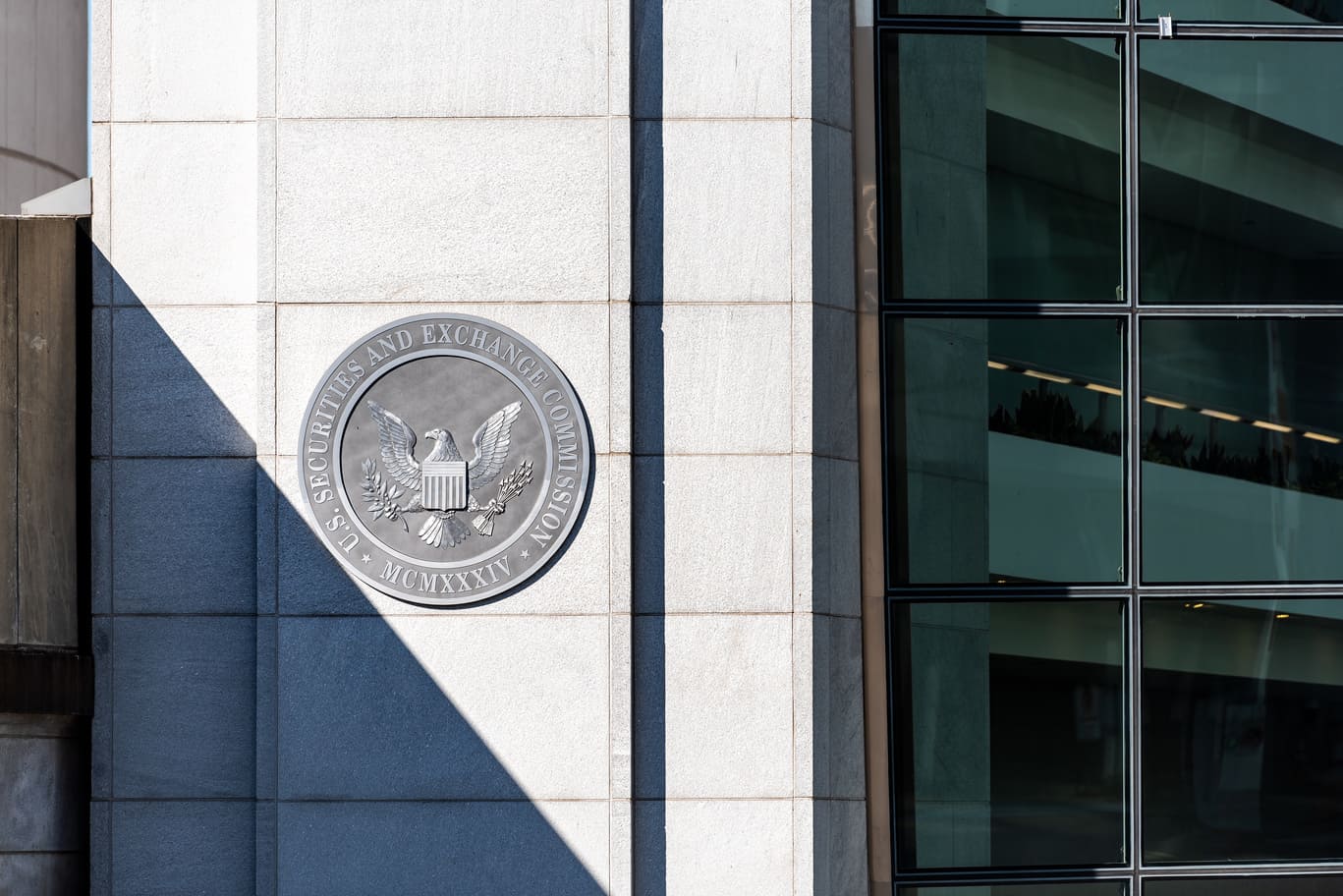
Ethereum’s Beacon Chain Halts Block Finalization Due to Technical Issues
Ethereum’s consensus layer faced technical difficulties twice last week, leading to a halt in block finalization and a loss of Finality.
The Beacon Chain – the consensus layer for Ethereum that switched from proof-of-work to proof-of-stake – faced technical difficulties twice last week, leading to a halt in block finalization.
The two events occurred on May 11th and 12th when over 60% of the validators stopped working, resulting in a loss of Finality. Blocks were still being created, but they were not confirmed during a 25-minute period. The validators that were affected, however, resumed their activity within 20 minutes and an hour, respectively. The participation rate quickly rose back to above 98%. An Ethereum consultant stated that the problem with Finality “seems to have been caused by high load on some of the Consensus Layers clients, which in turn was caused by an exceptional scenario.”
The performance of the Beacon Chain deteriorated last week as nearly 60% of validators were offline and failed to perform their consensus duties. The analytic firm reported that around 3.68% of daily slots were missed, and 253 blocks were not created on time. This is still considerably lower than the 658 blocks missed during the Shapella upgrade.
During the two Finality losses, no end-users on the Ethereum mainnet were affected and could continue to use the network thanks to client diversity. But, the second one triggered the first-ever Inactivity Leak, which is an emergency state used to restore Finality on the Beacon Chain. In this case, the inactive validators are penalized until they are either removed from the chain or start participating again.
To address the problem, the Ethereum core developers issued software updates for Prysm Labs and Teku clients that optimize the performance of beacon nodes and prevent them from using too much resources.
The problem occurred after a surge in activity and staking rewards on Ethereum due to the popularity of memecoins that caused a spike in gas consumption on the network, with fees reaching a one-year high.
According to Glassnode, “Finality” is the state where a large majority of validators – two-thirds of the total stake – have confirmed the final state of the blockchain, ensuring that a block and its processed transactions are irreversible and secure.





